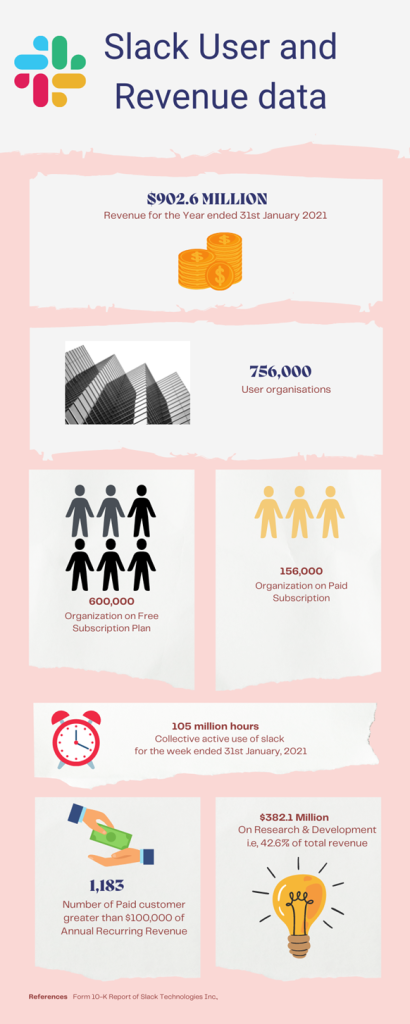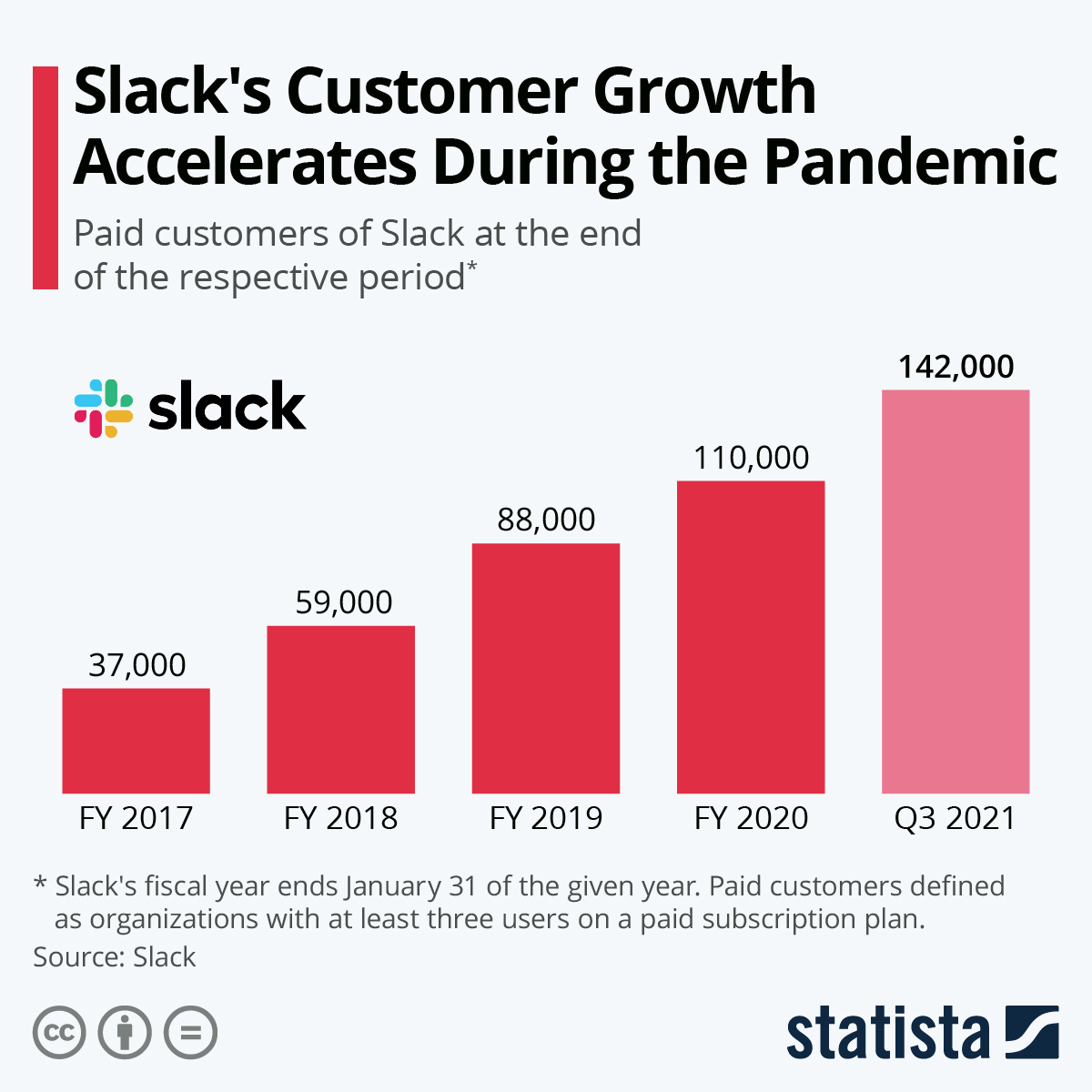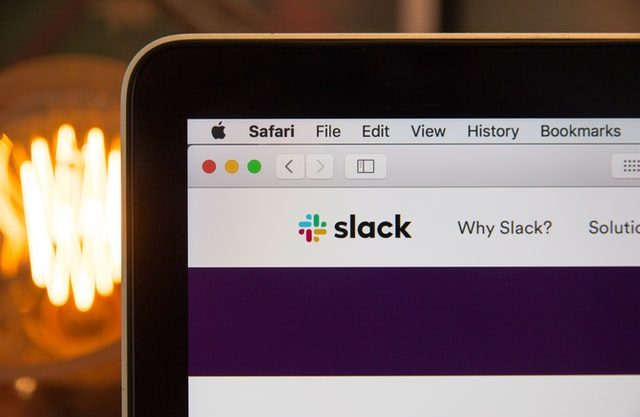The surge in the expansion of the digital world increased the expectation of higher efficiency and productivity as an internal Key Performance Indicator (KPI) for organizations to stay competitive.
Collaboration is a critical ingredient in the recipe for the success of a team and the organization. The leaders in the organizations constantly try to break the silos and bring the different functional groups together.
The successful projects and products I have worked for global market involved a higher level of collaboration among cross-functional teams from different geography with varied work cultures & communication styles.
Evolution in collaboration & communication from face-to-face, email, phone calls to instant messaging & file sharing within the organization brought people together into the virtual world without borders.
The innovation in digital communication brought people a stronger sense of belonging and free flow of information beyond the boundaries. Well, the same applies to the organizations to remove the barrier and build a high-level collaboration team.
The global market for social and collaboration software is forecast to reach a size of 5.1 billion U.S. dollars by 2021. Collaboration technologies such as the Microsoft Teams and Slack can foster better workplace communications and higher efficiency.
Birth of a unicorn:
It was the time in 2012-13 when Many established enterprise software offering companies offered instant messaging applications. HipChat by Atlassian, Salesforce’s Chatter, Yammer acquired by Microsoft and later integrated with Microsoft Office365. The market was already turning into a red ocean with multiple competitive products with big companies.
Tiny Speck was founded by Stewart Butterfield, the co-founder of Flickr, in 2009. Glitch, a massively multiplayer online game, was launched in 2011. But a low engagement by gamers led to the closure of tiny speck in 2012.
This failure was not a failure, as it led to the launch of “Slack.” The instant messaging used by Tiny speck for their team to collaborate was used to Pivot from glitch to “Slack.”
Slack till now, an internal messaging application within a small team of tiny speck, had to be transformed to face the challenge of dynamics and product experience as the team size grows more prominent. Listening to the feedback from early adopters and refining the product led closer to the expectation of the users.
As an early-stage startup, they had to persuade their friends in other companies to use their product and provide feedback. Cozy, who provide rental management software for the landlords and tenants, Rdio.com a music streaming service and likewise few companies were approached to be the early adopters to get the first user experience feedback
What is Slack?
Slack (Searchable Log of All Conversation and Knowledge) is a workplace communication and collaboration platform, which features direct messaging, file sharing, notifications and alerts, group chat, search. It offers integration with third-party services, including DropBox and Google drive. Slack is popular among developers as it supports source code snippets and offers integration with developers-oriented tools like Git-hub and bitbucket.
Slack positioned itself to solve the limitation of emails and increase the efficiency of internal communication by providing multiple features like direct messaging, group messaging by creating a group called channels.
Slack’s business model differentiated itself among pool of applications in the market through fun, ease of use, and customer-centricity.
Customer Centricity & Rapid Growth:
While startups focused on snowballing their business model, Slack, on the other hand, focused on understanding their customers.
In August-2013, Slack released it as a “Preview version,” They didn’t call it Beta, as it would make the user feel that the product is still at its nascent stage and unreliable. Slack used the “Invitation Only” Growth model. On the first day of the preview, 8,000 people requested an invitation for Slack, and in a week, around 15,000 people requested access.
Slack officially launched publicly in February-2014. Just after 10 weeks of its public launch, Slack raised $42.8M in its Series C round. By that time, Slack had around 60,000 daily users and 15,000 paid users.
 You will find more infographics at Statista
You will find more infographics at Statista
In order to grow, the pricing was kept so inexpensive that a team manager could decide to adopt Slack. The focus on the bottom-up acquisition of customers by focusing on a smaller team to get engaged with Slack rather than a whole organization to adopt eliminated the risk of getting rejected at the top.
As per the Annual report released by Slack technologies in March-2021,

How could a startup achieve such massive growth in less than a decade? It’s the mindset of putting the customer at the center of all the decisions. Slack responded to every support ticket and considered customer service as an opportunity rather than a burden. Customer service became the core of Slack’s business model.
As they became voracious listeners to the user feedback, users’ suggestions and feature recommendations are passed on to internal Slack channels, where it gets discussed and implemented.
So, in simple words, their obsessive focus on customer experience and deep user engagement led to a “Product-Led Growth,” where the value to the customers leads to the organic growth of the product, without external push by explicit marketing strategy.
It’s around 2017, the growth of Slack gave a clear indication to their then competitor Atlassian to drop their “Hipchat” and partner with Slack. Atlassian made their existing customers move from HipChat to Slack, which also provided Slack the access to codebase and IP assets to HipChat and Stride from Atlassian.
 You will find more infographics at Statista
You will find more infographics at Statista
How does Slack Make Money? What is Slack’s business model?
Slack uses the freemium business model. The basic features are provided for free for the user. 10000 messages backup, 1-to-1 video call, provide 10 applications and integration. Well, it’s useful for teams starting up and low on budget. But the quota of 10K searchable messages would run out quickly.
They offer different pricing plans “Pro” for smaller teams or companies with a single unit, providing increased capability than freemium like unlimited message archiving, group video calling, audio-only conferencing “Slack huddles. They provide a feature for a small team to get connected with outside organizations securely.
Overall, with a US $2.67 per month per person if billed yearly, with US$3.2 per person per month billed monthly to upgrade from the free version to “Pro,” the features provided would suffice a small team to work together.
The “Business+” with pricing of US $5 per person per month when billed yearly, else the US $6 per person per month when a billed month, is targeted for companies with smaller teams working together and in need of collaboration with user provisioning and de-provisioning capability to help the organization to maintain the access management comfortably for their employees.
Unlike “Pro” and “Business+,” where users can upgrade as per their need online, the “Enterprise Grid” package is for the larger organization, provided by direct sales. This pack provides the need of a larger organization in addition to other features like Data loss protection, offline backup providers, dedicated customer team.
Overall, the pricing model is planned to fit from a very small team to a larger organization with the right mixture of capabilities and features.

Head-On with the Giants:
The communication and collaboration product market is rapidly evolving and being taken over by established companies. Microsoft with its bundle of enterprise solutions integrated with collaboration tool, Google with its email and productivity tools, Facebook a consumer application company entering into enterprise software with its product “Workplace,” Slack had to face a tough competitive market and the giants head-on, who already have a huge customer base and easy to take over the market share, financial backing for investment on Research and development.
The conditions for further growth of Slack would be unfavorable until Slack constantly reinvents and positions itself to move ahead of the competition.
Acquisition by Salesforce:
As the saying goes, “Enemy of my enemy is my friend” to face Microsoft’s Teams market growth, Slack needs to have a strong companion, and Salesforce at the same time needs a market recognized communication platform that would integrate with their customer relationship management software.
On 1st December 2020, Salesforce acquired Slack which is considered to be one of the biggest deals of the year for a massive $27.7Billion in cash and stock.
It seems like Slack being a customer-obsessed company, merges merely perfectly with Salesforce considering Salesforce’s mission of “To help customers to transform into customer companies by empowering them to connect with their customers in entirely new ways.”
Well, Slack and Salesforce are together on a journey to help customer build their digital HQ.
Conclusion:
In summary, emerging out of the failure of glitch and becoming a multi-billion-dollar company is one incredible journey. It shows how a bottom-up approach in acquiring the users by targeting end-user experience and considering customer centricity would help stand out as a successful product.
Even though the end-user experience is essential, Slack was sensitive in the pricing and product positioning about the other personas who would make the product adoption decisions. The pricing strategy complemented the bottom-up approach, allowing team managers to approve the budgeting for adopting Slack for productivity and collaboration improvement.
But the future will not promise the same growth because of a rapidly evolving market, technological innovation, and risk of new entrants into the collaboration software market.
In my opinion, even though Slack already has ~3,000 college and universities using either paid or free subscriptions, they should concentrate their business model on helping universities and EdTech service providers to build a collaboration system with Slack as a platform for students & faculty.
Like the past, a focused positioning and pricing for higher education students and faculty in an emerging market like India, which has (according to ibef.org) 39,931 colleges and 988 universities as of 2021, would help slack increase their top line and market development.
-AMAZONPOLLY-ONLYWORDS-START-
Also, check out our most loved stories below

Why did Michelin, a tire company, decide to rate restaurants?
Is ‘Michelin Star’ by the same Michelin that sells tires, yes, it is! But Why? How a tire company evaluations became most coveted in the culinary industry?

Starbucks prices products on value not cost. Why?
In value-based pricing, products are priced based on the perceived value instead of cost. Starbucks has mastered the art of value-based pricing. How?

Nike doesn’t sell shoes. It sells an idea!!
Nike has built one of the most powerful brands in the world through its benefit-based marketing strategy. What is this strategy and how Nike has used it?

Domino’s is not a pizza delivery company. What is it then?
How one step towards digital transformation completely changed the brand perception of Domino’s from a pizza delivery company to a technology company?

Why does Tesla’s Zero Dollar Budget Marketing Strategy work?
Touted as the most valuable car company in the world, Tesla firmly sticks to its zero-dollar marketing. Then what is Tesla’s marketing strategy?

Yahoo! The story of strategic mistakes
Yahoo’s story or case study is full of strategic mistakes. From wrong to missed acquisitions, wrong CEOs, the list is endless. No matter how great the product was!!

Apple – A Unique Take on Social Media Strategy
Apple’s social media strategy is extremely unusual. In this piece, we connect Apple’s unique and successful take on social media to its core values.
-AMAZONPOLLY-ONLYWORDS-END-

















